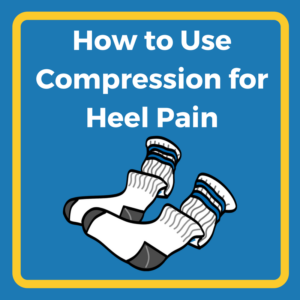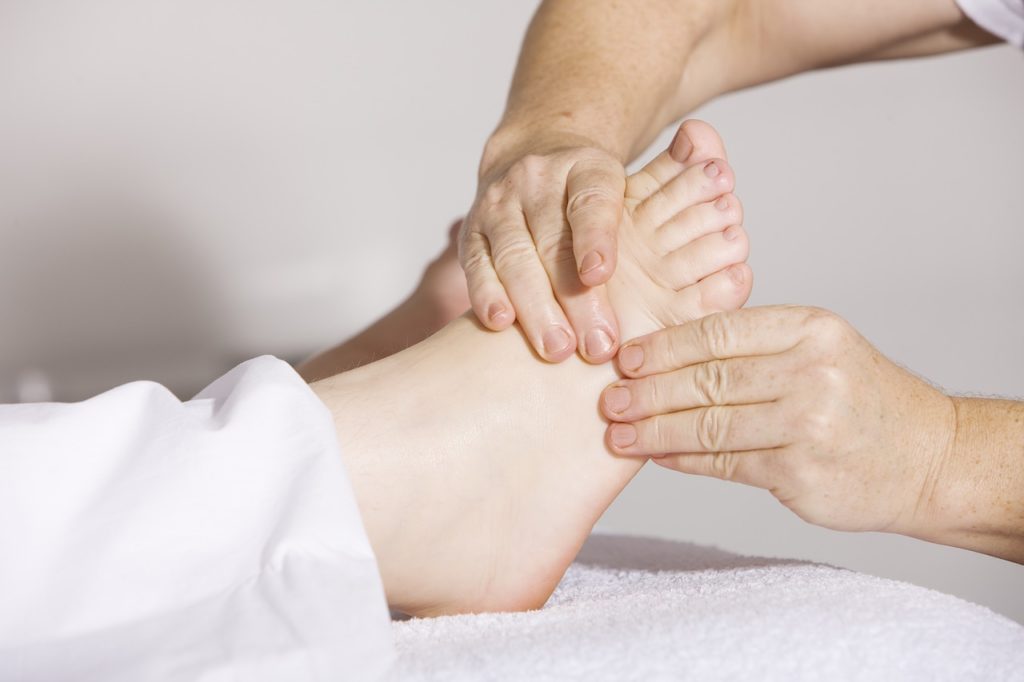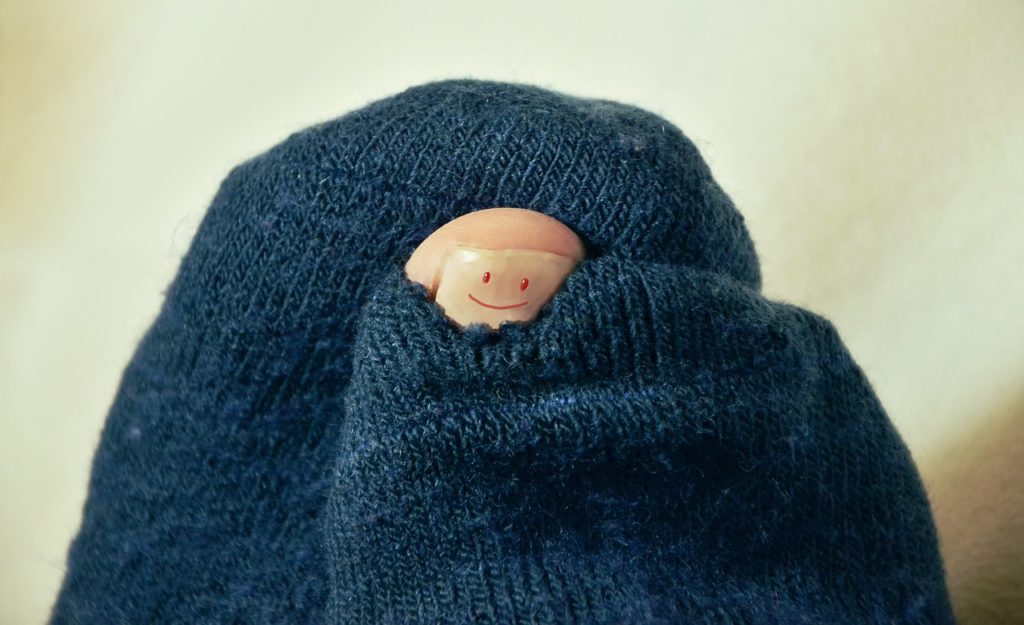 Massage is a fantastic way to improve symptoms of plantar fasciitis and reduce heel pain. So wouldn’t it be great if you had a tiny personal masseur to ride in your shoe all day?
Massage is a fantastic way to improve symptoms of plantar fasciitis and reduce heel pain. So wouldn’t it be great if you had a tiny personal masseur to ride in your shoe all day?
You’re in luck. Constant, gentle pressure with many of the benefits of massage is exactly the value proposition that compression socks and sleeves provide.
Compression socks and sleeves can be a cost-effective, easy way to improve circulation and reduce pain all day long, and are most effective when used alongside other proven treatment methods like orthotic inserts, icing, and stretching.
Does Compression Really Work?
While there isn’t yet a body of scientific research that confirms the effectiveness of compression in treating the symptoms of plantar fasciitis, there is a significant amount of anecdotal evidence and testimonials.
Compression works by applying pressure to specific zones of the heel and foot (most notably the fascia, the ball of the foot, and areas along the ankle) to improve circulation, stretch the fascia, and provide additional support.

Many people find that because compression socks are low-cost, particularly when compared with other treatment options, they’re a viable option to try. If you’ve had positive results from massage and stretching, you may find that compression socks are a good fit for you!
The most common complaints of compression socks and sleeves are an improper fit (either too tight or too loose), tenderness of the heel after use, and not enough support to improve pain. Be sure to find the right size for you, ease into wearing the socks little by little, and combine the socks with additional treatment options.
Look for compression socks and sleeves that are made from moisture-wicking material (to avoid odor or athlete’s foot), and get good reviews from other buyers in terms of comfort, wearability, and durability.
How Compression Helps Plantar Fasciitis
While compression socks and sleeves don’t provide a significant amount of support to the fascia (like orthotics do), they have the unique benefit of working while you’re off your feet. Compression socks can be a great addition to your healing toolbox, particularly if you spend significant amounts of time off your feet.
Even while you are sitting down, the sock or sleeve keeps the foot stable and helps the plantar fascia stay limber and slightly stretched–which can make a big improvement when it comes to those first few steps after inactivity or in the morning! Compression socks and sleeves can also reduce inflammation and swelling through constant pressure.
Compression socks and sleeves can be worn almost anywhere and can stay on while you sleep at night. If the idea of sleeping with socks on drives you crazy, you should know that sleeves are essentially the toeless alternative to compressions socks!
Combining Treatments to Improve Heel Pain

It’s best to think of compression socks as just one part of a treatment regimen. Even if the socks work exactly as designed, your compromised arches will need additional support for true healing to take place.
Compression socks can be used in tandem with orthotic inserts that raise the plantar fascia to the optimal level and provide much-needed support and cushioning that even the thickest socks can’t provide.
Regular icing, stretching, and periodic use of over-the-counter anti-inflammatory drugs are additional staples that you should incorporate if you suffer from heel pain.
If compression socks or sleeves don’t offer quite the support and stretching you’re looking for while you rest your feet, you might also consider sock splints, which can be worn at night and are a softer, more comfortable alternative to night splints.
While compression socks aren’t a cure-all, countless testimonials speak to their effectiveness on an individual basis. They’re low cost, no-risk, and they could be a terrific way to improve your heel pain.




I just bought a pair of compression socks for plantar fasciitis yesterday. I’ve suffered from this for well over a decade (ex-military).
Wore these socks for about 6 hours & took them off for the night. In getting up in the morning before putting them on commented to the others in the house that yeah there’s definitely a difference.
Before wearing them feet almost felt heavy/club like. With these socks on it is like I’ve got completely different feet.